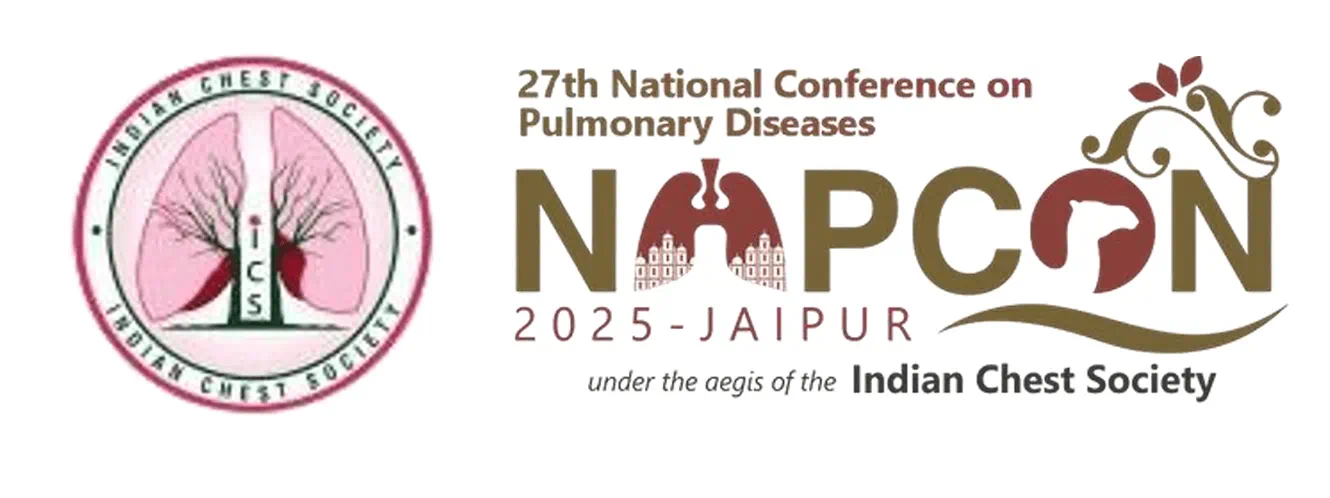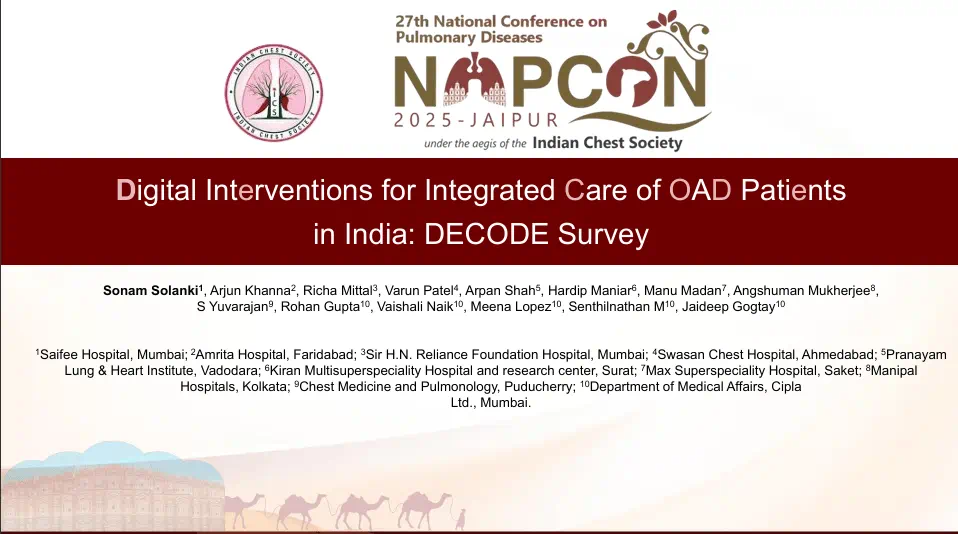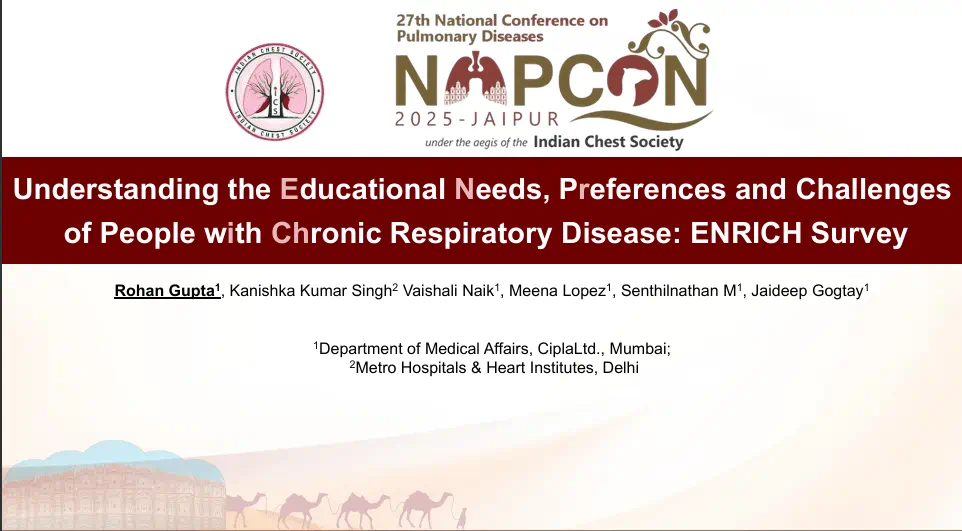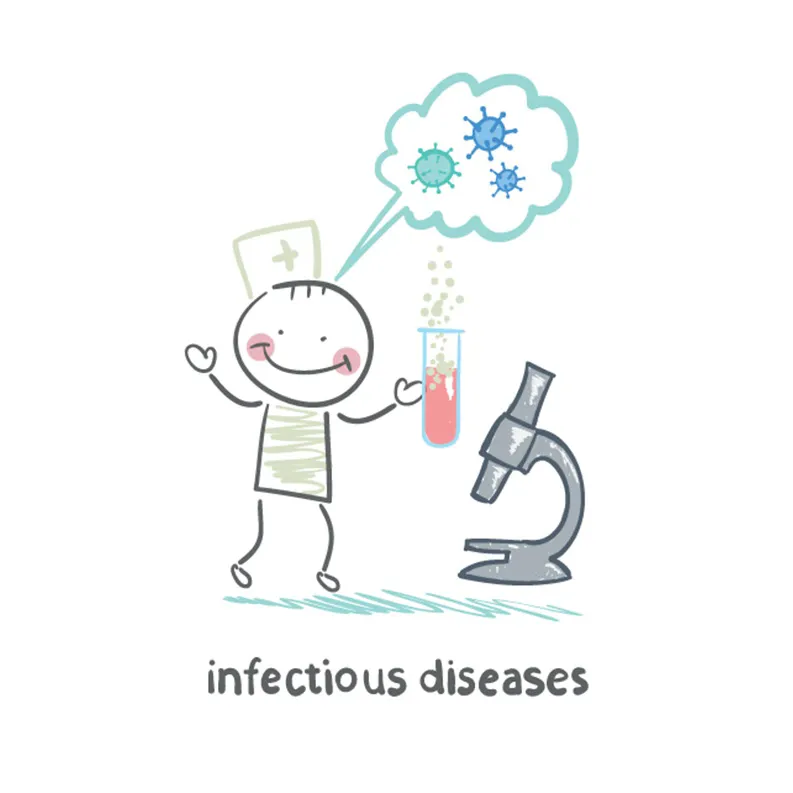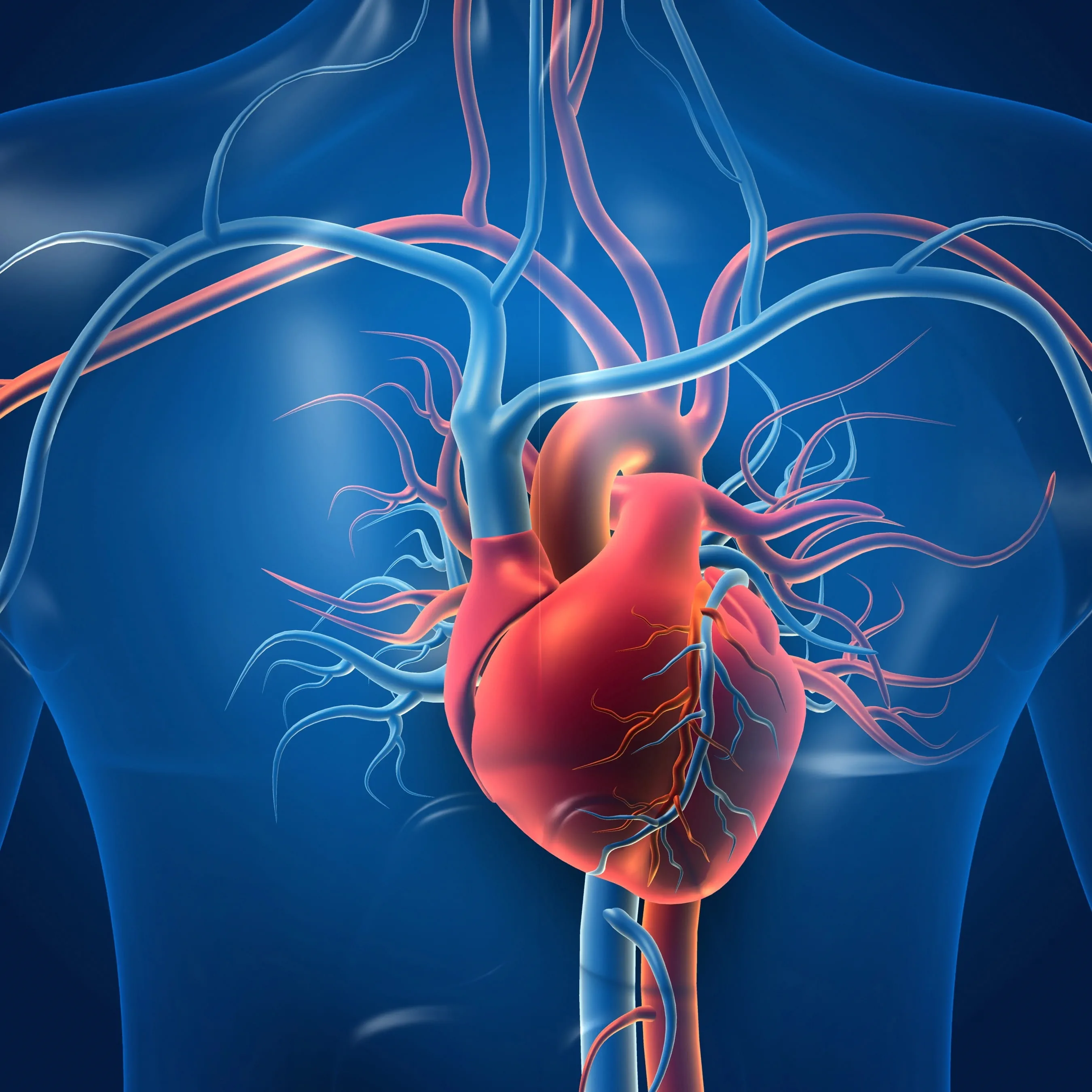Ibuprofen vs Acetaminophen for the Treatment of Fever or Pain in Children Younger than 2 Yrs
Introduction
Fever and pain management in children includes acetaminophen (paracetamol) and ibuprofen, the most widely prescribed and available over-the counter medications. Limited data exist on the efficacy and safety of ibuprofen in younger children
Aim
This systematic review compared antipyretic, analgesic, and safety profiles of acetaminophen with ibuprofen for the short-term treatment of fever or pain in children younger than 2 years.
Patient Profile
-
Children younger than 2 years
Methods
-
Systematic review
-
19 studies consisting of 241138 participants from 7 countries and various health care settings (hospital-based and community-based comparing short-term use of acetaminophen with ibuprofen for fever or pain in children younger than 2 years were included
Study Outcomes
-
The primary outcomes were fever or pain within 4 hours of treatment onset.
-
Safety outcomes included serious adverse events, kidney impairment, gastrointestinal bleeding, hepatotoxicity, severe soft tissue infection, empyema, and asthma and/or wheeze.
Results
-
Ibuprofen was associated with reduced temperature within 4 hours (P = .01) compared with acetaminophen
Table 1: Antipyretic profile of ibuprofen vs acetaminophen from randomized Studies
|
Source |
Outcome |
Acetaminophen |
Total |
Ibuprofen |
Total |
|
Temperature or change in temperature at <4 h |
|||||
|
Aksoylar et al 1997 |
Temperature, 3 h |
38.40 |
51 |
37.90 |
50 |
|
Autret et al, 1997 |
Mean reduction in temperature, 1 h |
0.90 |
|
–0.97 |
114 |
|
Erlewyn-Lajeunesse et al, 2006 |
Mean temperature, 1h |
37.95 |
25 |
37.76 |
22 |
|
Van Esch et al, 1995 |
Mean temperature, 2 h |
37.96 |
29 |
37.60 |
30 |
|
Subtotal |
|
|
219 |
|
216 |
|
Temperature or change in temperature at 4-24 h
|
|||||
|
Autret et al, 1994 |
Mean reduction in temperature, 0-4 h |
–1.02 |
74 |
–1.32 |
77 |
|
Autret et al, 1997 |
Mean reduction in temperature, 4 h |
–1.04 |
110 |
–1.42 |
112 |
|
McIntyre and Hull, 1996 |
Mean change from baseline temperature, 4 h |
–1.60 |
66 |
–1.80 |
69 |
|
Sarrell et al, 2006 |
Fever, 1 d |
40.55 |
154 |
40.6 |
155 |
|
Van Esch et al, 1995 |
Mean temperature, 4 h |
37.95 |
31 |
37.38 |
31 |
|
Subtotal |
|
|
435 |
|
444 |
|
Hay et al, 2008 |
Temperature, 48 h |
36.4 |
51 |
36.4 |
47 |
|
Sarrell et al, 2006 |
Fever, 2 d |
39.74 |
154 |
39.66 |
155 |
|
Subtotal |
|
|
205 |
|
202 |
|
Temperature or change in temperature at >3 d
|
|||||
|
Hay et al, 2008 |
Temperature, 5 d |
36.2 |
48 |
36.1 |
45 |
|
Subtotal |
|
|
48 |
|
45 |
-
Compared with acetaminophen, ibuprofen was associated with less pain at 4 to 24 hours from treatment onset
-
Adverse events were uncommon
-
Acetaminophen and ibuprofen appeared to have similar serious adverse event profiles (odds ratio, 1.08; P = .50, I2 = 0%; moderate-quality evidence)
Conclusion
-
Use of ibuprofen vs acetaminophen for the treatment of fever or pain in children younger than 2 years was associated with reduced temperature and less pain within the first 24 hours of treatment.
-
The 2 medications appear to have equivalent safety in the short term, with very low rates of adverse events overall.
Reference
JAMA Network Open. 2020;3(10):e2022398.


